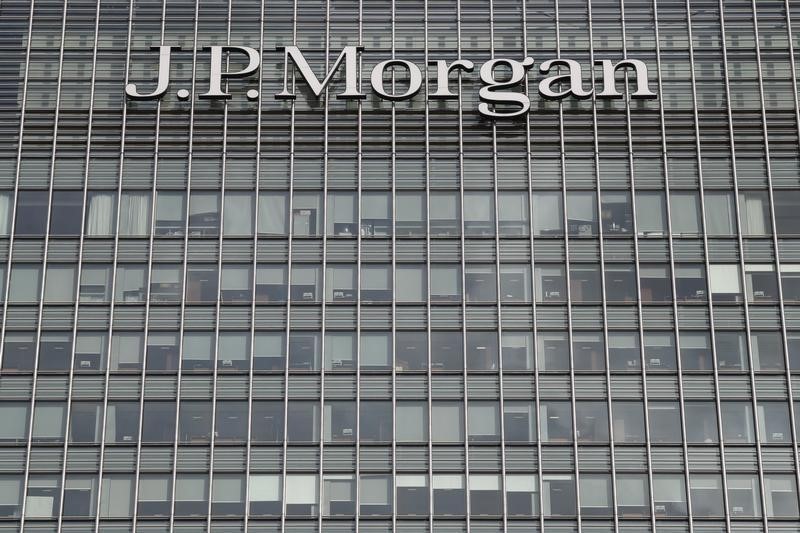On Tuesday, JPMorgan adjusted its stance on Roblox (RBLX), upgrading the stock to Overweight from Neutral and setting a new price target of $48, an increase from the previous $41 per share. The decision comes as Roblox shares have experienced considerable volatility following their direct listing in 2021, mirroring the changing investor sentiment about the sustainability of companies that benefitted from increased usage during the pandemic.
Roblox's financial performance saw a substantial surge in bookings during 2020 and early 2021, with stock prices reaching as high as $135, which was approximately 20 times its bookings. However, the company's value dropped by more than 80% later in 2021 and early 2022 as growth in bookings slowed during the reopening phase of the economy, and Roblox began a period of heavy investment that led to reduced margins. Since then, the stock price has fluctuated between roughly $25 and $50, with investors deliberating its long-term viability, user monetization strategies, margin trends, and potential competition from platforms like Fortnite Creative.
Despite these challenges, Roblox has reported over 20% growth in bookings for four consecutive quarters. Management has committed to increasing margins by 100 to 300 basis points annually for the next three to five years. Despite the progress, investor skepticism persists due to mixed third-party data in recent months.
JPMorgan identifies the current market skepticism as an attractive opportunity for investors to engage with a company that is exiting a heavy investment cycle, growing bookings by more than 20%, and introducing new revenue streams such as advertising, set to launch in the second half of 2024, and commerce expected in 2025. The firm's optimistic outlook is based on Roblox's potential for increased monetization and management's emphasis on margin improvement, which is anticipated to drive free cash flow compounding at a rate of over 40% through 2027.
JPMorgan has reconstructed its financial model for Roblox, focusing on regional bookings and cost analysis across the company's four main expense categories, reinforcing the firm's free cash flow projections. Interested parties have been invited to request a detailed Excel spreadsheet model to review the firm's analysis.
